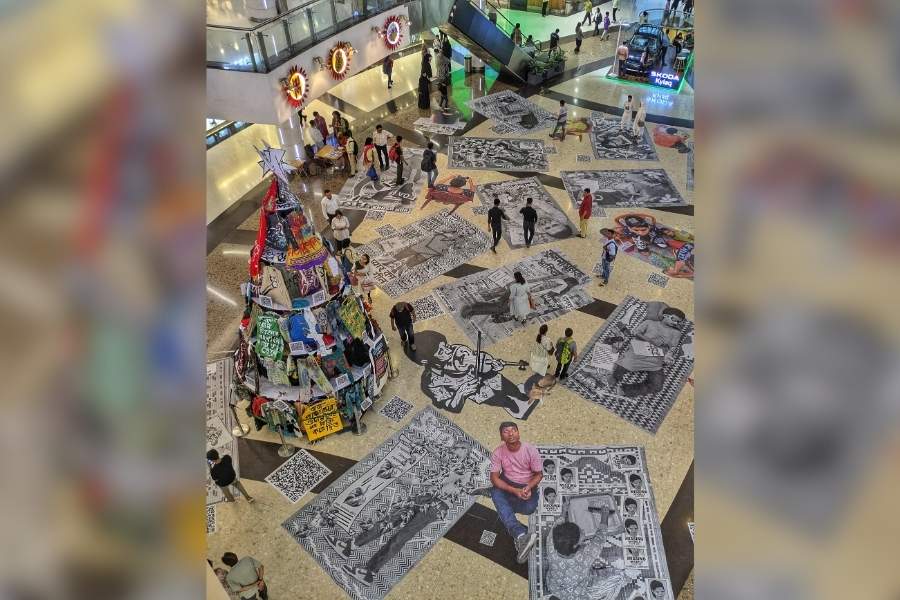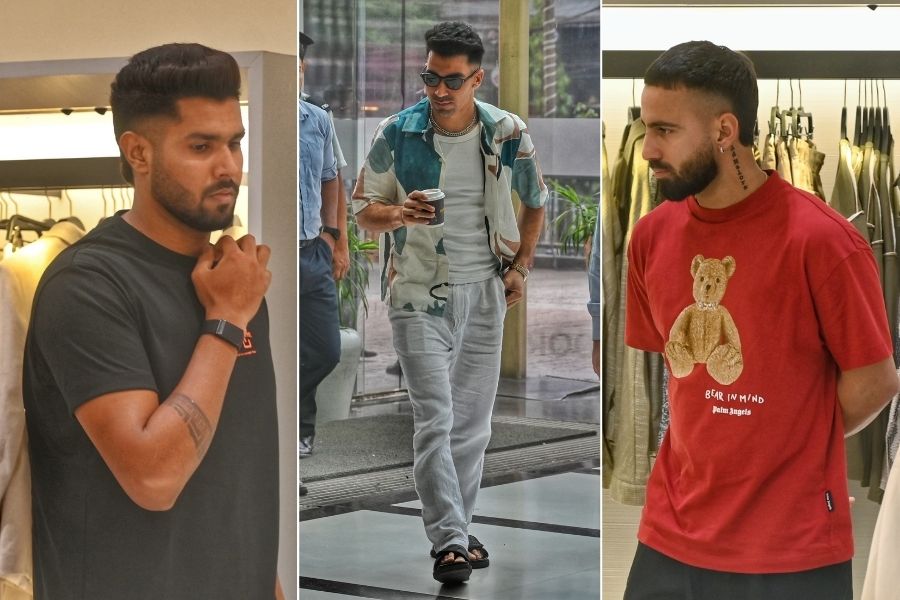What does it mean to be “mad”? Who decides what is normal? And why are the stories of those deemed “mad” always told by someone else?
Anjali, a mental health rights organisation based in Kolkata, sought to challenge these very notions through its thought-provoking initiative ‘Mad Stories’ — an evocative art and literature installation that spotlights the voices that are too often silenced.
From March 31 to April 4, South City Mall, one of the city’s busiest public spaces, hosted Mad Stories, an immersive installation curated by artist Sumantra Mukherjee. Developed in close collaboration with inmates of mental health institutions, the installation seeks to dismantle the stigma surrounding mental illness and reclaim the word “mad” — not as an insult, but as an assertion of identity, creativity and truth.
“For too long, stories about people living with mental health conditions have been told for them — by doctors, caregivers, families — often under the lens of reason and normalcy,” said a spokesperson for Anjali. “But these stories lose their essence when stripped of the speaker’s own voice. With Mad Stories, we wanted to hand the mic back to the people who have lived these experiences.”

The installation was curated by artist Sumantra Mukherjee
Over the past two years, Anjali’s team has engaged in deep listening sessions within mental health institutions, guided by workshops on ethical storytelling. What emerged were stories told in raw, unfiltered language — poetic, poignant and deeply human. “Amaro bari jete ichhe kore, kintu barita kothay? (I too wish to go back home, but where is my home?)” wonders one narrator, her words both a question and a cry.
These are not just stories — they are expressions of longing, alienation, love, and survival, told in a voice that society has tried to drown out. In embracing the word “mad,” Anjali seeks to spark a dialogue about the arbitrary lines that divide the “normal” from the “abnormal,” the “sane” from the “insane.”
By situating Mad Stories in a bustling urban mall, Anjali hoped to provoke passers-by into confronting a reality they might otherwise overlook. “This is not just an art show. It is a reclamation of voice, of space, of identity,” said the organisers.


